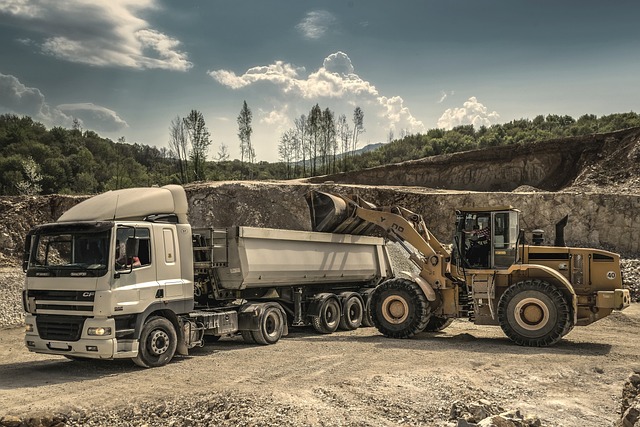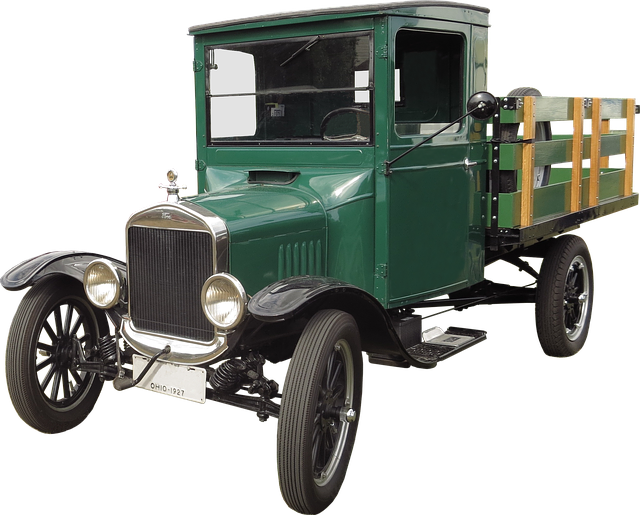Advanced telematics systems have revolutionized modern box truck operations by optimizing routes for efficiency and sustainability, reducing fuel consumption and greenhouse gas emissions. These systems offer real-time GPS tracking, data analytics for efficient route planning, and predictive maintenance that minimizes vehicle downtime and extends their operational life. Telematics also ensures compliance with federal and state regulations, including the FMCSA guidelines and ELD mandate. Beyond efficiency, box trucks are being repurposed to better utilize cargo space through interior design modifications, allowing for more effective load management and maximizing capacity. The trucking industry is further evolving with the integration of electric and hybrid vehicles, which are less costly to maintain, support environmental goals, and present a sustainable, economically viable option for transportation. Fleet operators are embracing these changes to stay competitive and adaptable in an ever-changing logistics landscape.
Navigating the evolving landscape of transportation, this article delves into expert policies tailored for delivery and transport vehicles, particularly focusing on box trucks. It explores the integration of advanced telematics to enhance fleet management, deciphers the intricate web of trucking regulations affecting these vehicles, offers strategies to optimize cargo space within box trucks, and examines the transformative impact of electric and hybrid models in reshaping the trucking industry. By leveraging technology and staying informed on regulatory changes, businesses can maintain competitive edges and adapt to the dynamic demands of modern logistics.
- Leveraging Advanced Telematics for Efficient Fleet Management in Box Truck Operations
- Navigating the Complexities of Trucking Regulations: A Guide for Delivery and Transport Vehicles
- Maximizing Cargo Capacity: Strategies for Optimizing Space in Box Trucks
- The Role of Electric and Hybrid Vehicles in Modernizing the Trucking Industry and Box Truck Fleets
Leveraging Advanced Telematics for Efficient Fleet Management in Box Truck Operations

In modern box truck operations, integrating advanced telematics systems has become a cornerstone for efficient fleet management. These sophisticated technologies enable real-time monitoring and optimization of routes, thereby reducing fuel consumption and improving overall operational efficiency. By leveraging GPS tracking and data analytics, companies can ensure that their fleets adhere to the most efficient paths, avoiding unnecessary detours and delays. This not only accelerates delivery times but also contributes to a more sustainable operation by lowering greenhouse gas emissions associated with idling and prolonged routes.
Moreover, the use of telematics extends beyond mere route optimization; it plays a pivotal role in maintenance planning for trucking fleets. Predictive analytics can forecast potential vehicle issues before they occur, leading to proactive maintenance schedules that minimize downtime and extend the service life of each vehicle. This predictive approach ensures that each box truck is operational when needed, thus maintaining a consistent level of service across the trucking operation. Furthermore, these systems facilitate compliance with regulations by providing detailed logs and performance data, which are essential for maintaining operational standards and ensuring driver safety.
Navigating the Complexities of Trucking Regulations: A Guide for Delivery and Transport Vehicles

Navigating the complexities of trucking regulations requires a comprehensive understanding of the legal framework governing delivery and transport vehicles, such as box trucks. The Federal Motor Carrier Safety Administration (FMCSA) establishes guidelines that all commercial motor vehicles, including box trucks, must adhere to for safe operation on public roads. These regulations encompass driver qualifications, vehicle maintenance standards, hours of service limitations, and cargo securement protocols, all critical for maintaining road safety and efficiency.
Operators of box trucks should be well-versed in the specific regulations that apply to their vehicles. For instance, understanding the varying weight limits for different types of roads and ensuring compliance with the Electronic Logging Device (ELD) mandate is crucial for avoiding costly fines and disruptions. Additionally, staying current with state-specific rules, which can differ significantly from federal regulations, is essential for seamless transport across various regions. Compliance with these regulations not only ensures legal standing but also promotes the reliability and integrity of the delivery process.
Maximizing Cargo Capacity: Strategies for Optimizing Space in Box Trucks

To maximize cargo capacity in box trucks, fleet operators must employ strategic space optimization techniques. The interior design of a box truck plays a pivotal role in its load-carrying potential. Utilizing adjustable shelving and partitions can significantly increase usable space, accommodating larger or more delicate items that might otherwise protrude into the aisle, reducing overall efficiency. Additionally, optimizing cargo loading patterns through careful item selection and placement ensures every square inch of available space is utilized to its fullest potential, which is crucial for industries reliant on efficient delivery systems.
Investing in fleet management software can further enhance the utilization of box truck space. These sophisticated tools allow drivers to input dimensions and weights of items into a system that calculates the most efficient packing configuration. This not only maximizes cargo capacity but also minimizes the potential for load instability, which is imperative for maintaining safety standards during transit. Furthermore, by analyzing past loading patterns, such software can predict future space requirements, streamlining the entire trucking operation from loading dock to final delivery point.
The Role of Electric and Hybrid Vehicles in Modernizing the Trucking Industry and Box Truck Fleets

In recent years, the trucking industry has witnessed a significant shift towards electric and hybrid vehicles, marking a pivotal transformation in fleet modernization. The integration of these advanced powertrains into box truck fleets is not merely an environmental initiative; it’s a strategic move to enhance operational efficiency. Electric trucks offer reduced maintenance costs due to their fewer moving parts compared to traditional combustion engines. Furthermore, the adoption of electric vehicles (EVs) in box truck fleets aligns with global sustainability goals, significantly cutting carbon emissions and reliance on fossil fuels. As the infrastructure for charging stations continues to expand, the viability of electric trucks in long-haul transportation is becoming increasingly feasible, promising a greener future for the trucking sector.
The economic advantages of electric and hybrid vehicles are undeniable, with lower operational costs being a key driver for their adoption. For instance, the predictable nature of electric power allows for more precise energy consumption forecasting, which can optimize route planning and reduce energy usage. Additionally, the regenerative braking systems in these vehicles recover energy during braking, further contributing to the reduction in energy expenditure. As the technology matures, the range limitations that once plagued EVs are being addressed, ensuring that electric box trucks can now reliably cover longer distances, making them a viable option for a wide range of transport needs within the trucking industry.
In conclusion, the evolution of delivery and transport vehicles, particularly box trucks within the trucking sector, is a testament to innovation and adaptability. By implementing advanced telematics, operators can achieve efficient fleet management, thereby enhancing the reliability and performance of their box truck operations. Navigating complex regulations has become more streamlined with clear guidelines that ensure compliance while optimizing cargo capacity through strategic space utilization within box trucks. The integration of electric and hybrid vehicles signifies a pivotal shift towards a sustainable future for the industry, aligning operational efficiency with environmental consciousness. As the trucking landscape continues to transform, staying abreast of these expert policies ensures that both businesses and consumers will benefit from timely, cost-effective, and eco-friendly delivery services, underscoring the importance of strategic planning and continuous innovation in the realm of transportation logistics.
